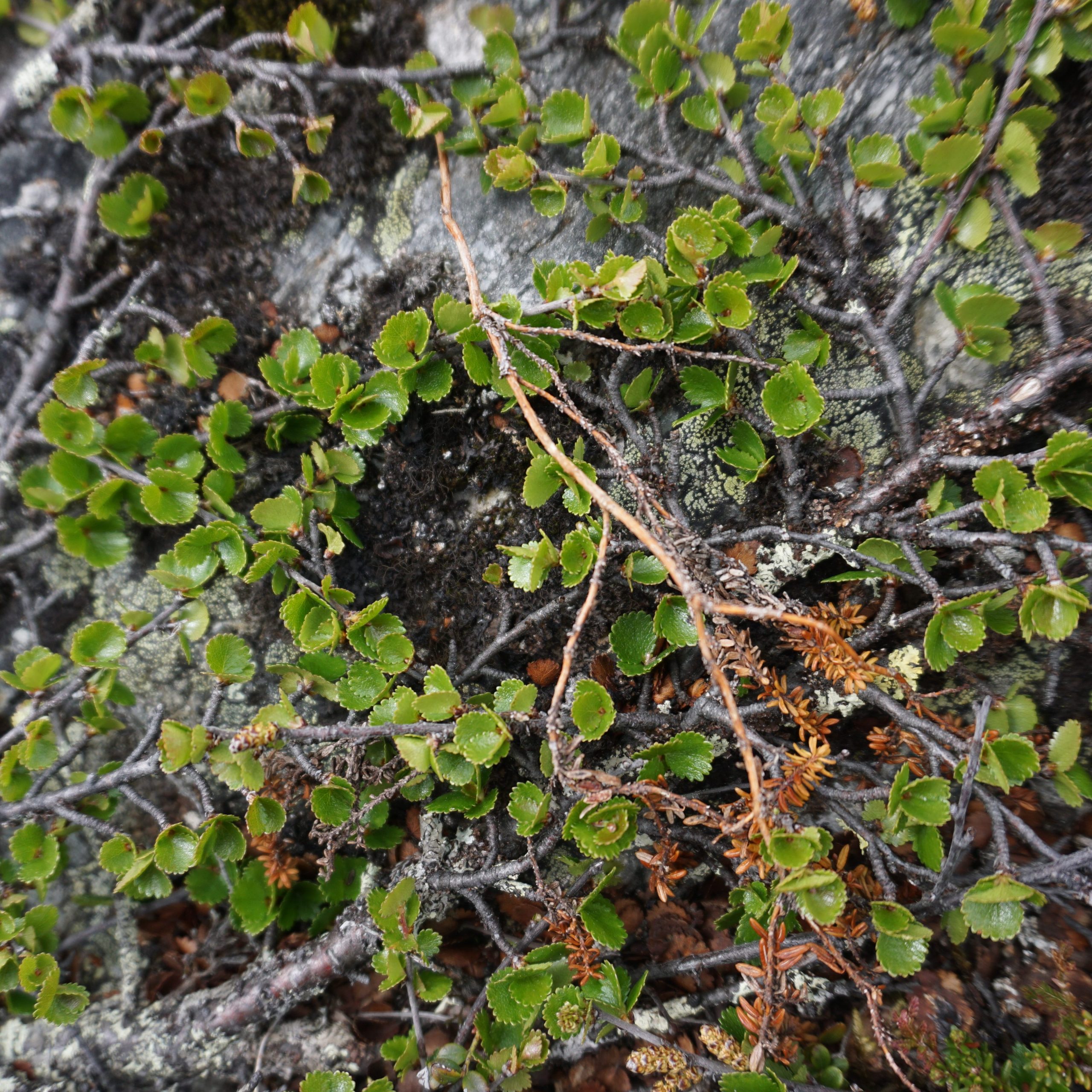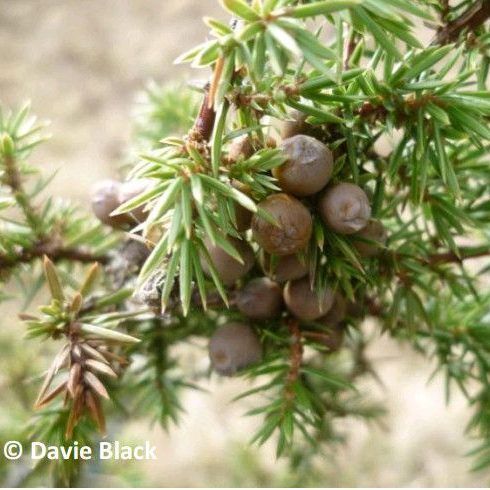Upland birchwoods are found across the Scottish Highlands and are dominated by downy and silver birch. As a pioneer species, birch can grow in and improve some of the most nutrient-poor upland soils, allowing other species that require more fertile soils to establish, such as aspen, cherry, rowan and juniper. Due to its open canopy, a diverse understorey can develop, which can include plants such as heathers, blaeberry, dog-violet and primrose.
This woodland can establish quickly in upland moorland once grazing pressures are low enough and in areas of no burning. It provides a diverse habitat for animals such as black grouse, ring ouzel, wildcat, pine martens and pearl-bordered fritillary butterflies.
Action Needed
- Support strong deer management measures.
- Support the expansion of planting schemes to increase seed sources for new woodlands to establish through rural development programme measures.
- Support the implementation of muirburn licencing.
- Ensure the next Scottish Biodiversity Strategy includes a policy direction for land management that encourages natural regeneration of native upland woodland.
Threats
Upland birchwoods are threatened by overgrazing by deer and sheep, afforestation and burning. Their expansion is also limited by a lack of seed sources in upland areas.
MSP Nature Champion








